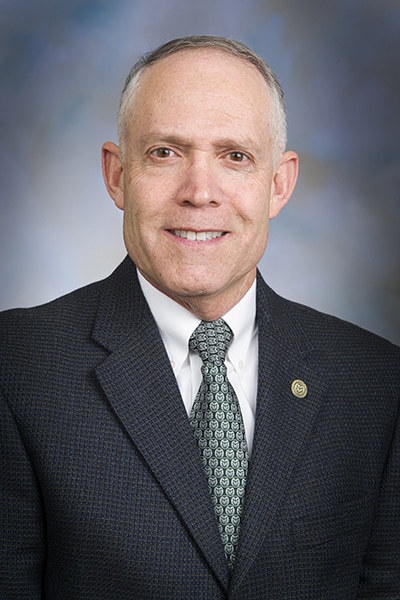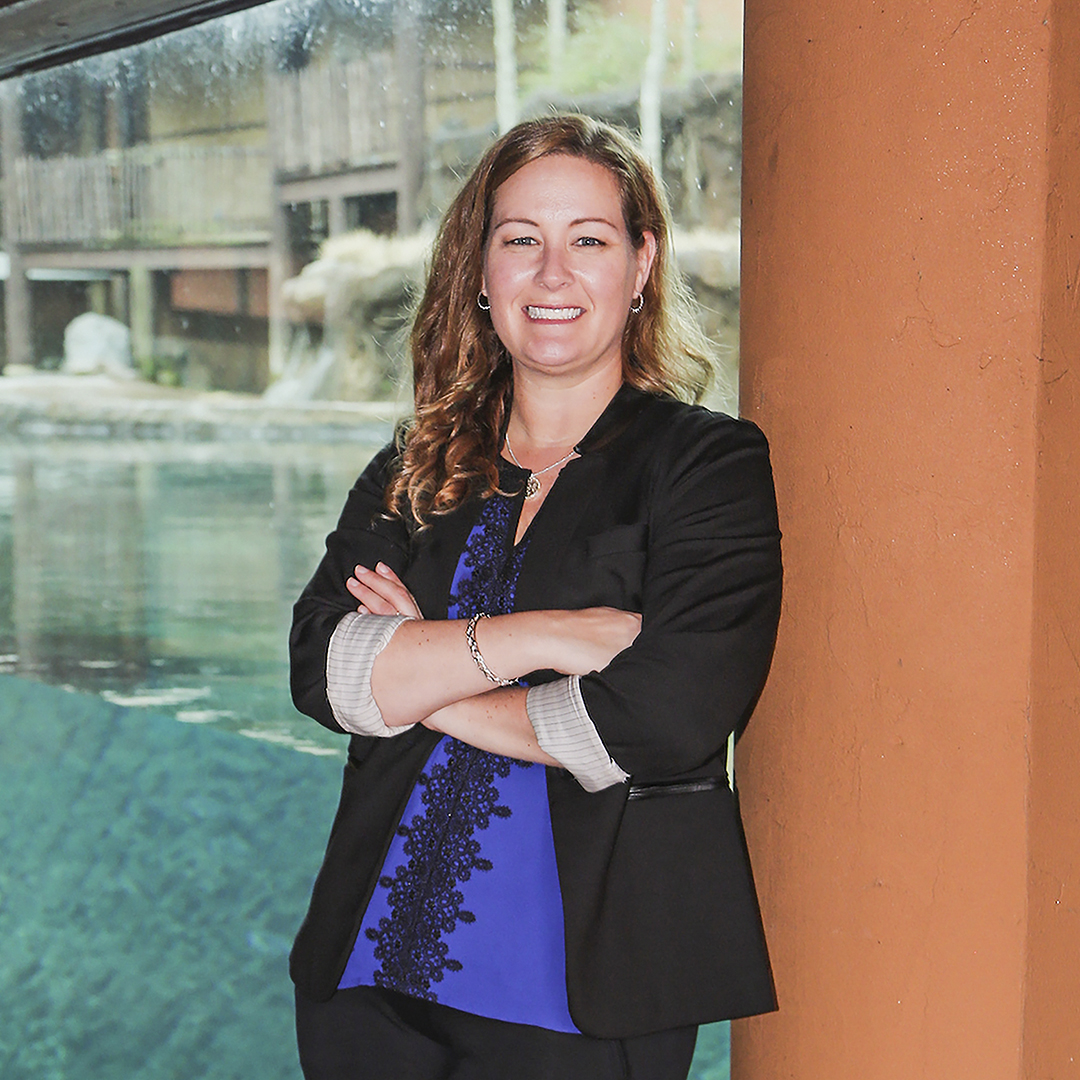|
Getting your Trinity Audio player ready...
|
While serving more than 21 years in the United States Navy as an engineer, acquisitions specialist, and construction battalion officer, Tom Satterly led and directed facilities operations for a 350-acre, one-million-square-foot Naval postgraduate educational campus valued at $2 billion.

It was just one of the many leadership positions that Satterly would have in facilities engineering and construction over his tenure. When he transitioned from the Navy into civilian life in 2007, he took a role as assistant vice president, facilities management division for the University of Georgia, charged with all aspects of the school’s maintenance and operation of its facilities. That meant working on everything from an athletics facility to a residential hall to a large classroom project.
When Colorado State University came calling four years ago, Satterly was impressed with its commitment to excellence, setting a standard for universities in teaching, researching, public service, and engagement to benefit the citizens of both Colorado and the rest of the world.
He was offered the role of associate vice president of facilities management and the university laid out its plans for the next decade.
“A lot of the features of this position were attractive to me, and they had a lot of growth planned, so it was a good transition from my prior position at the University of Georgia,” Satterly says. “CSU had just embarked on a major capital construction program—about a 10-year plan—and had started a few buildings, but there was so much potential for growth through new acquisition strategies I thought I could contribute to.”
Satterly was also drawn by CSU’s commitment to sustainability, and he was able to make that focus a reality with some of the utility projects he spearheaded, the largest being the $26 million GeoExchange for both the Moby Arena complex and Meridian Residential Village, the first geothermal heating and cooling project on campus.
“This was a project about 10 years in the making,” Satterly explains. “Our team did a study to determine whether they should replace an aging, 60-year-old steam system with traditional heating and cooling, or if we should consider a ground-source energy replacement that’s more sustainable.”
After a life cycle cost analysis, Satterly showed the administration why the geothermal exchange was a clear winner in terms of capital cost savings, carbon footprint reduction, utility, and maintenance costs. Originally, it was only going to be for the Moby facilities, but with the CSU Division of Housing and Dining plan to build a $130 million residential village, he partnered with them, and soon the university will offer its first-ever “green” residential housing.

The first project that the associate VP worked on at CSU was the construction of Canvas Stadium, the on-campus multipurpose home of the Rams, bringing football back to the campus for the first time in 50 years. The LEED Silver-certified stadium also houses the Collaborative for Student Achievement, general classroom space, and Iris & Michael Smith Alumni Center.
“The previous stadium location was three miles off campus, so bringing it back required a lot of planning on where it would be situated, and it ended up on what was mostly a parking lot,” Satterly says. “There was a lot of information gathering with our team that included planners, architects, and the athletics department traveling the country and seeing how other universities had constructed an on-campus stadium.”
Satterly also brought his own experiences with an on-site stadium from his time at the University of Georgia.
“You also have to consider the operational changes when you bring 40,000 of your closest friends onto your campus on a Saturday as opposed to the event taking part off-campus, and the impact to the educational component,” he says. “You may have classes going on, and you need to find parking for everyone, but a lot of planning and anticipating the changes made it a success.”
CSU is also among the nation’s leading research universities, with its world-class programs in infectious disease, atmospheric science, clean energy technologies, environmental sciences, and biomedical technology attracting more than $300 million in research funding annually.

That’s why the new 155,000-square-foot, $70 million Biology Building, which opened its doors in August 2017, was an important project for the university. The four-story, LEED Gold-certified structure houses the entire department, including all of its research labs, special collections used for teaching, and faculty offices. Part of the building is also dedicated to updated flipped classrooms, teaching labs, student common spaces, advising and tutoring offices, and study rooms.
“It incorporated a lot of the biophilic design features and wellness features, bringing natural light into the building, with a lot of collaborative spaces and open laboratories where you can walk by in the hallways and see what’s going on in real time,” Satterly says. “The ‘flipped’ means that it’s not your static, tiered classroom with fixed seating. It’s a flat-level floor with movable chairs and desks that allow both lecture style and group learning.”
For any project Satterly works on, he notes that strong communication is a must and the key to success starts with establishing trust and partnership—and that means being involved. For example, he was part of the acquisition selection panels for several of the projects, and being engaged, visible, and listening to clients on their needs helps everyone agree on the best framework for getting things done.
“We’ve got some believers out of our faculty now. The administration sees the value of design-build and recognizes the value of having a design competition amongst our contractor partners,” Satterly says. “But it all starts with introducing yourself, building trust, being present in the selection boards, and answering all questions.”
Each Day is Different
As associate vice president of facilities for CSU, Tom Satterly has participated in numerous projects to enable the school’s growth and offerings. The C. Wayne McIlwraith Translational Medicine Institute is part of a $500 million P3 program, consisting of over a dozen veterinarian and research projects. Satterly also helped facilitate the $26 million, LEED Silver-certified Warner College of Natural Resources addition—the first performance-based design-build CSU accomplished—which allowed the faculty to find a design solution that would be a signature facility for the college.
“The diversity of work is what keeps my job interesting, and most importantly I enjoy being a contributing member of our facilities management team,” Satterly says. “This checks all the boxes if you’re a facility professional in higher education today: building sustainable facilities while also building a facilities team and culture that one can be truly proud of.”


